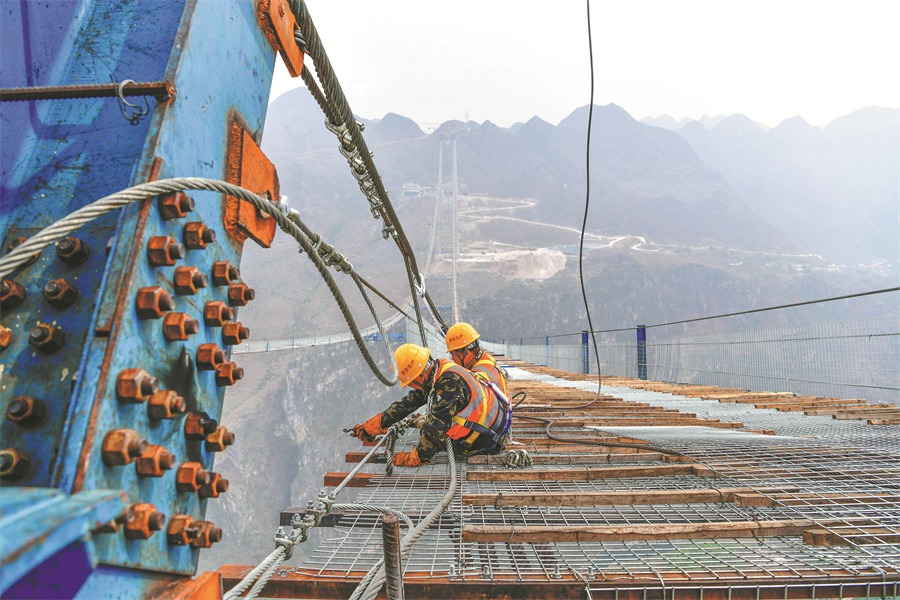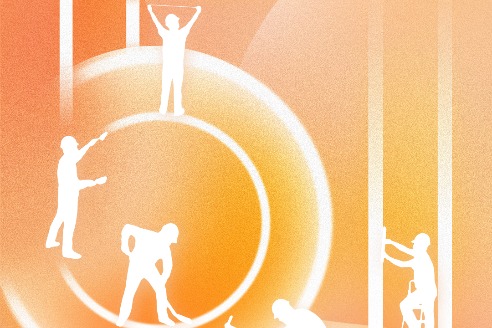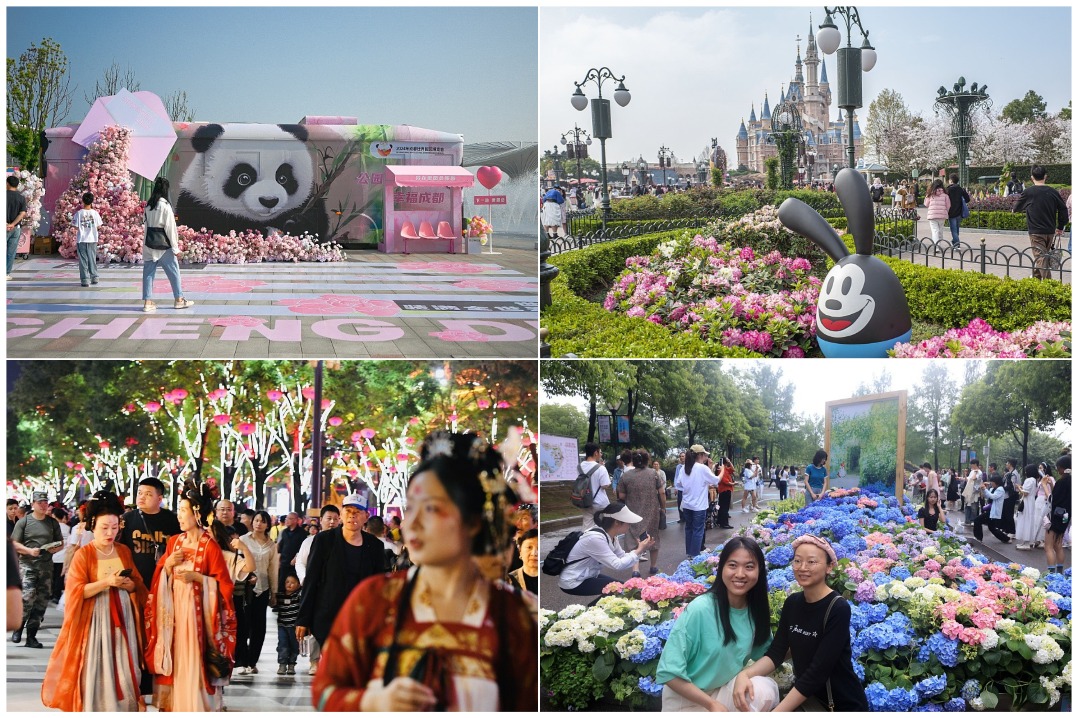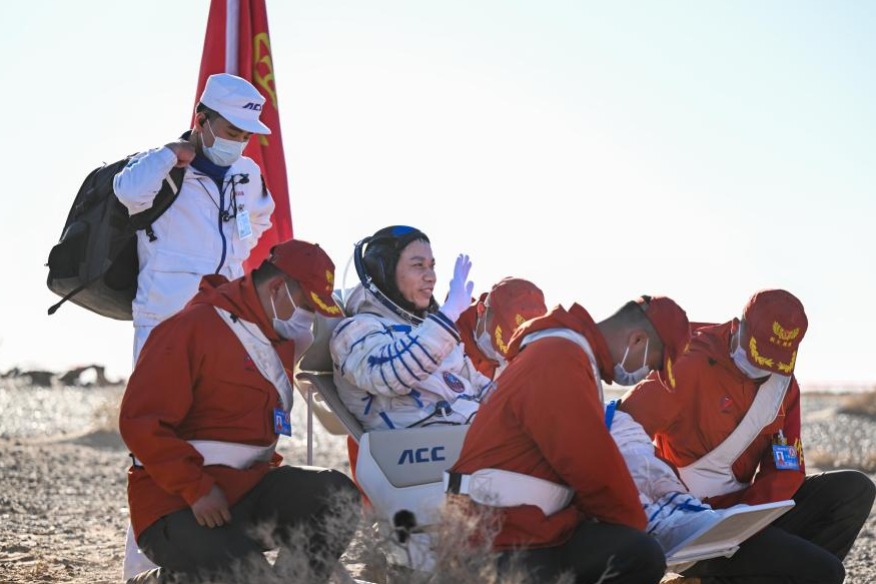Holocaust refugees recall sheltering in Shanghai


Life in Shanghai
Lindenstraus was in Shanghai from the age of 10 to 17. He started to attend a Jewish school in Shanghai, where they had about 600 students and 17 teachers. He learned English in school, he started chasing girls, and he even made his best friend in Shanghai, Gary Kirchner, who was from Berlin.
The boys even joined the British Boy Scouts in Shanghai, which became an illegal organization after Japan declared war on the UK and the US at the outbreak of the Pacific War in 1941.
But life was not easy for them in Shanghai. Sanitation was poor, and conditions like diarrhea were rampant in the Jewish refugee community.
In the cold, humid winter, Lindenstraus' father died of pneumonia four months after the family arrived in Shanghai because of the lack of antibiotics. Following the death of his father, Lindenstraus and his stepmother moved to Hongkew (now the Hongkou district of Shanghai).
Kirchner's family living situation was even worse than Lindenstraus'. While Lindenstraus' stepmother was able to manage a small place to live, Kirchner and his parents lived in a big, barracks-like room that lacked privacy.
After the outbreak of the Pacific War, policies toward the Jewish communities in Shanghai grew increasingly worse, leading up to the Meisinger Plan, an agenda to kill all Jewish refugees in Shanghai.
In 1941, the Nazis tried to convince the Japanese, who were their allies, to exterminate all the Jewish refugees in Shanghai. In 1943, a compromise was reached with the establishment of a "Designated Area for Stateless Refugees".
A ghetto in the neighborhood of Hongkew was built, where all Jewish refugees had to relocate and were strictly isolated by Japanese soldiers. Jews could only leave the area with special permission.
In the war-torn Hongkew District, Jewish refugees started establishing small businesses and set themselves up as doctors and teachers. People wanted to recreate what they were doing back at home, Kracko said.
Gradually, a Jewish area inside Hongkew came to be known as "Little Vienna" for its European-style cafes, delicatessens, nightclubs, shops and bakeries. Kracko's mother worked in a German bakery there.
Material conditions were austere in the Jewish ghetto. On Kracko's first birthday, her grandfather baked a cake. She had no idea where he got the flour. The eggs and strawberry jam were from neighbors. The cake was taken to the bakery, where Kracko's mom worked, to be baked.
Those memories were so deeply rooted in the family that many years after the war, when life had already gotten better, Kracko's aunt would still stop people from throwing out used tea bags and would steep them repeatedly to make tea until they turned plain.
Kracko, now 76, has short, light, blonde hair. She was wearing a pink shirt and silver earrings during an interview with China Daily in her house by the sea in Westchester County, New York.
She is quite familiar with modern technology and knows the iPhone well. During the day, Kracko's phone was full of family messages. The great-grandmother was preparing for Rosh Hashanah, the Jewish New Year, which was only a week away.
When asked about her place of birth, Kracko's husband would often quip, "You'd never guess where she was born."
Ellen would respond, "I was born in 1947 Shanghai, after World War II."
People would then look wide-eyed and ask, "How?"
It has been estimated that around World War II, more than 400 Jewish babies were born in Shanghai and were called "Shanghai Babies". Kracko is one of them.
























